In the sweltering grip of summer heat, wildlife faces extraordinary challenges, with birds being particularly vulnerable to rising temperatures. While many of us recognize the basic need to provide water during hot spells, there’s a wealth of lesser-known information about how heatwaves affect our feathered friends and how we can effectively support them. Birds lack sweat glands and must employ alternative cooling methods, making them especially susceptible to heat stress. As climate change intensifies extreme weather events, understanding these hidden aspects of avian heat management becomes increasingly crucial for those who wish to help their local bird populations survive challenging conditions. The following insights may change how you approach bird care during the hottest days of the year.
Birds Can Develop Heat Stroke Just Like Humans
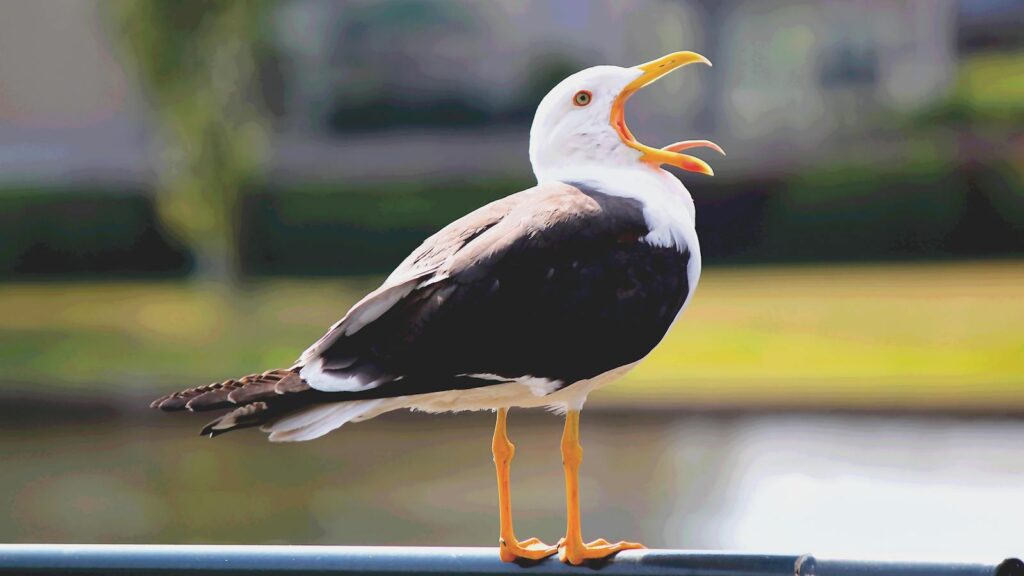
Birds are remarkably susceptible to heat stroke, a condition many people associate primarily with mammals. When ambient temperatures rise above 104°F (40°C), birds begin to struggle with maintaining their internal body temperature, which normally runs higher than humans at about 105°F (40.5°C). Their small bodies can overheat rapidly, leading to symptoms including rapid breathing with open beaks (gular fluttering), wings held away from their bodies, lethargy, and in severe cases, seizures or collapse. Unlike humans who can sweat across most of their body surface, birds must rely on respiratory evaporation through their mouth and throat, making them particularly vulnerable when temperatures soar. This physiological limitation means that even short periods of extreme heat can prove fatal for birds, especially those already compromised by age, illness, or nesting responsibilities.
Shallow Water Sources Are More Effective Than Deep Ones
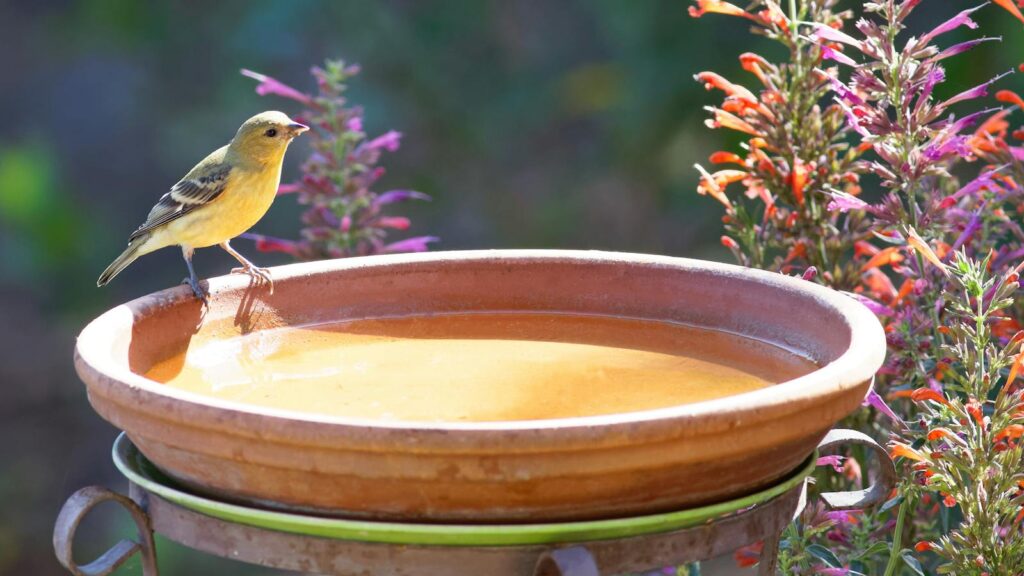
Contrary to what might seem logical, deeper water sources can actually pose risks to birds during heatwaves rather than providing greater relief. Most songbirds prefer water that’s no more than 1-2 inches deep, as they’re adapted to bathe and drink from shallow puddles or stream edges. Deep bird baths can create drowning hazards, particularly for fledglings or heat-exhausted birds whose coordination may be compromised. The ideal bird bath has gradually sloping sides, a rough-textured bottom for secure footing, and varying depths with the deepest part reaching no more than 3 inches. Additionally, shallow water warms more quickly in the sun, so frequent refreshing becomes especially important during heat events—a fact many well-intentioned bird enthusiasts overlook. For maximum effectiveness, consider placing multiple shallow water sources in different microhabitats around your yard, including some in shaded locations.
Water Location Matters More Than You Think
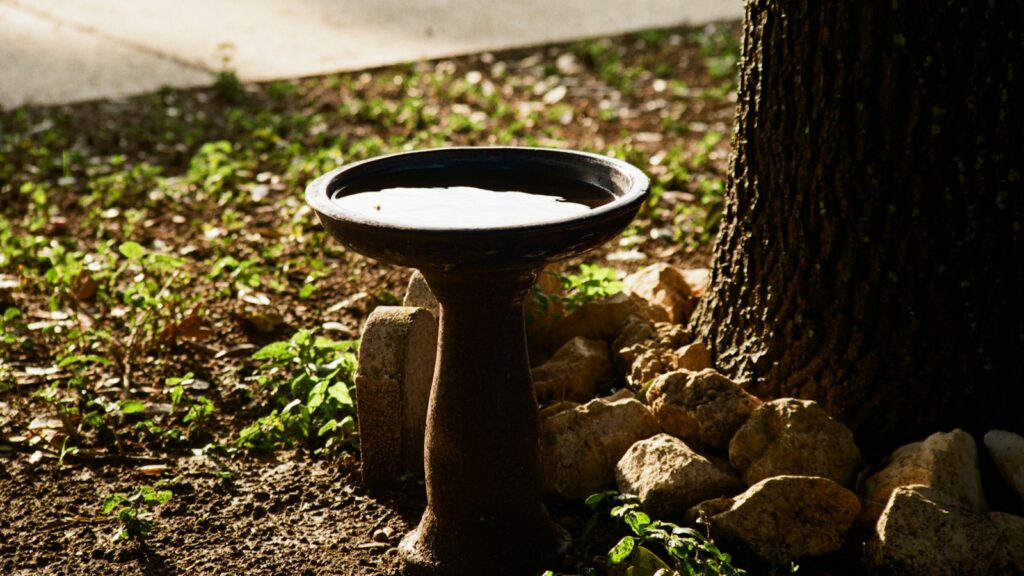
The strategic placement of water sources can significantly impact their utilization by birds during extreme heat events. Birds are particularly vulnerable to predation while drinking or bathing, as these activities reduce their vigilance and flight readiness. During heatwaves, dehydrated birds may take greater risks to access water, but providing sources in protected locations can substantially increase their safety and usage rates. Optimal positioning includes placing bird baths near shrubs or trees that offer quick escape routes but not so close that predators can use the vegetation as an ambush point—about 10-15 feet from dense cover represents the ideal balance. Additionally, birds will be reluctant to use water sources placed in areas with high human traffic or noise, regardless of how thirsty they may be. Research has shown that birds prefer water sources with clear sightlines in at least three directions, allowing them to maintain awareness of approaching threats while addressing their hydration needs.
Adding Ice Cubes Can Be Counterproductive
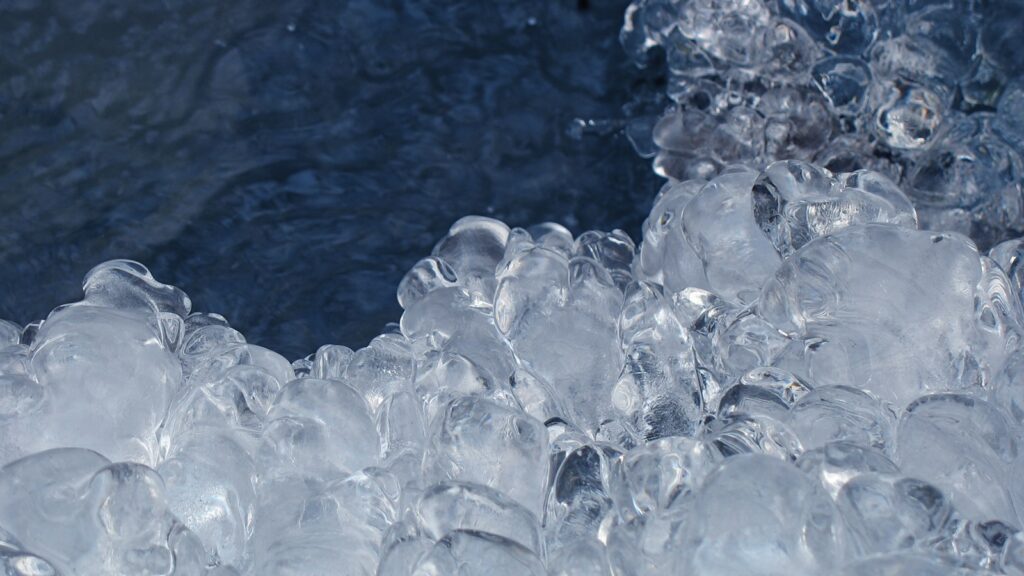
While the impulse to add ice cubes to bird baths during heatwaves seems logical and compassionate, this well-intentioned action can sometimes do more harm than good. Birds may actually avoid water that’s too cold, as the extreme temperature differential can cause physiological shock, particularly in smaller species already under heat stress. The sudden plunge from extreme heat to very cold water can trigger cardiac stress in birds, whose high-metabolism systems are sensitive to rapid temperature changes. Instead of ice cubes, consider cooling water more gradually by replacing it with fresh, ambient-temperature water several times throughout the day. If you do use ice, add only a few small cubes to a larger volume of water, allowing them to melt and create a more moderate temperature gradient. Some ornithologists suggest freezing a shallow dish of water overnight and floating this larger ice block in your bird bath, which provides prolonged cooling without creating dangerous cold spots.
Moving Water Attracts More Birds During Heat
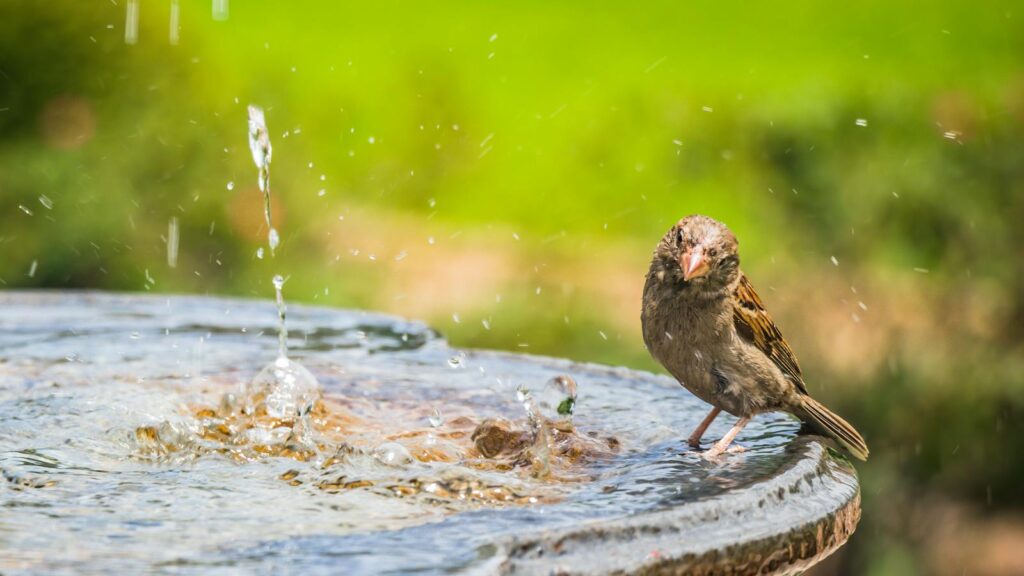
The sound and sight of moving water acts as a powerful attractant for birds, particularly during heatwaves when they’re actively seeking water sources. This phenomenon occurs because moving water creates reflective flashes that can be seen from considerable distances, even by birds flying high overhead, and the gentle splashing sounds carry further than still water, especially in hot, dry air that conducts sound efficiently. From an evolutionary standpoint, birds associate moving water with freshness and safety, as stagnant water in nature often harbors parasites, bacteria, or concentrated mineral content that can be harmful. Commercial bird bath drippers, solar fountains, or even simple homemade solutions like a plastic bottle with a pin-sized hole suspended above a water source can dramatically increase bird visitation rates during hot weather. Studies have documented up to a 300% increase in bird activity around water sources with even minimal movement compared to still water during peak heat hours.
Some Foods Can Cause Dehydration in Birds
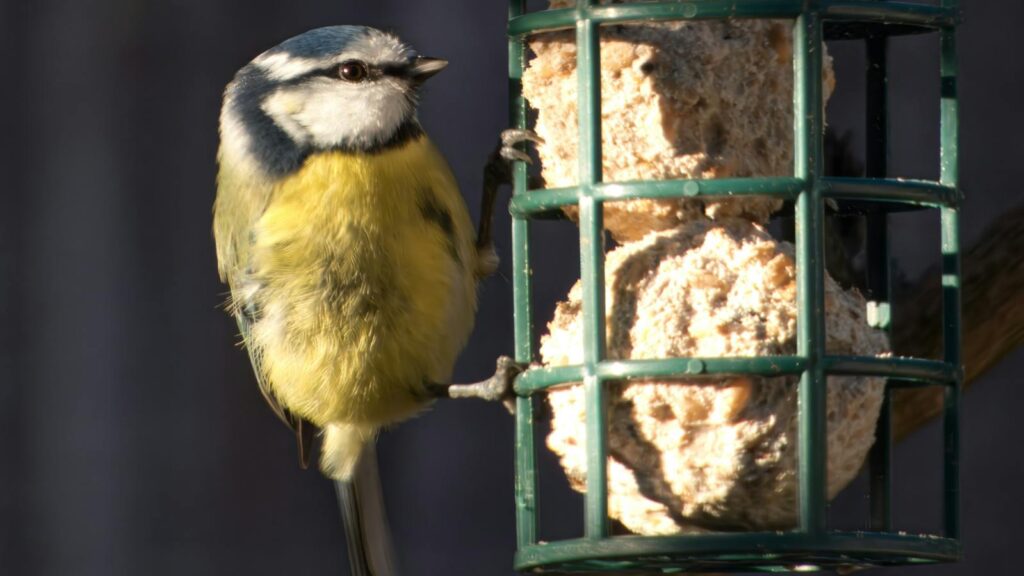
During heatwaves, certain bird foods that are otherwise nutritious can actually increase birds’ hydration needs, potentially contributing to heat stress. Foods with high salt content, such as salted peanuts or commercial seed mixes containing salt as a preservative, require birds to use more water for metabolic processing and can increase thirst at a time when water conservation is critical. Similarly, dried fruits offered without soaking can actually draw moisture from birds’ digestive systems as they rehydrate within the gut. Suet, a popular high-energy food, becomes problematic in temperatures above 85°F (29°C), not only because it melts and spoils quickly but also because the high fat content requires additional metabolic water to process. During extreme heat events, the most beneficial foods to offer include water-rich options like unsalted, unshelled fresh corn, halved grapes, watermelon pieces, or specialized commercial products designed for hot weather feeding. These moisture-rich foods simultaneously provide both nutrition and hydration.
Misting Systems Benefit Birds More Than Baths Alone
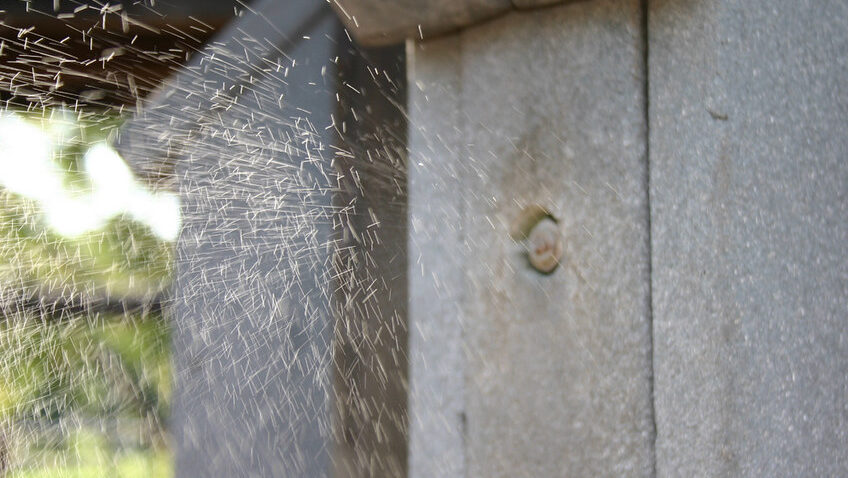
Fine water mists provide a crucial cooling method for birds that many backyard enthusiasts overlook in favor of traditional bird baths. Misting systems mimic natural light rainfall and morning dew, allowing birds to engage in a behavior called “leaf-bathing” where they brush against misted foliage to dampen their feathers. This method of bathing is particularly efficient for small songbirds as it doesn’t require full immersion, which can temporarily impair flight capabilities during times when predator evasion may be necessary. Scientific studies have demonstrated that birds cooled by misting systems can reduce their body temperature by up to 3-4°F more efficiently than those using standard bird baths, as the evaporative cooling from tiny water droplets works more effectively with birds’ unique feather structure. Commercial misting systems designed for patios or nurseries can be repurposed for birds by attaching them to trees or shrubs at varying heights to accommodate different species’ preferences, with the added benefit of cooling the surrounding microclimate.
Nocturnal Water Access Is Critically Important
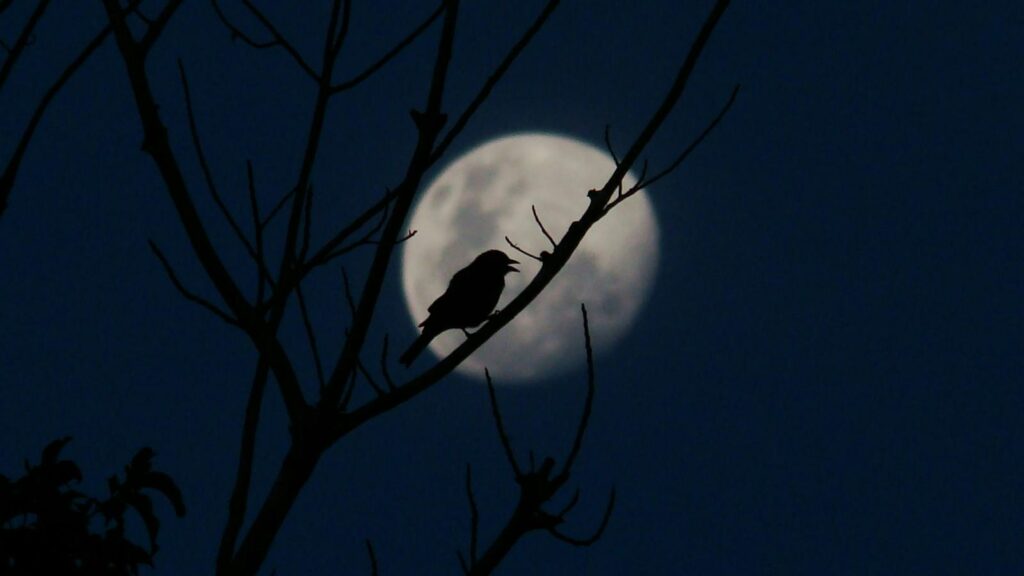
Many bird enthusiasts focus on daytime water provision during heatwaves, overlooking the critical importance of nighttime water access for numerous species. Contrary to common assumption, many bird species remain active during twilight and nighttime hours during extreme heat events, shifting their activity patterns to avoid daytime temperature peaks. Nocturnal water sources benefit not only true nocturnal species like owls but also diurnal birds that wake periodically during the night to drink when temperatures are marginally cooler. Research using motion-activated cameras has revealed surprisingly high bird visitation rates to water sources between 11 PM and 4 AM during heatwaves. To serve these nighttime visitors effectively, consider using shallow, light-colored water containers that remain visible in low light conditions, positioned away from dense shrubbery where nocturnal predators might hide. Solar-powered, dim light sources near water features can increase visibility for birds without disrupting their natural behaviors or circadian rhythms.
Sandy Soil Areas Provide Natural Cooling Opportunities
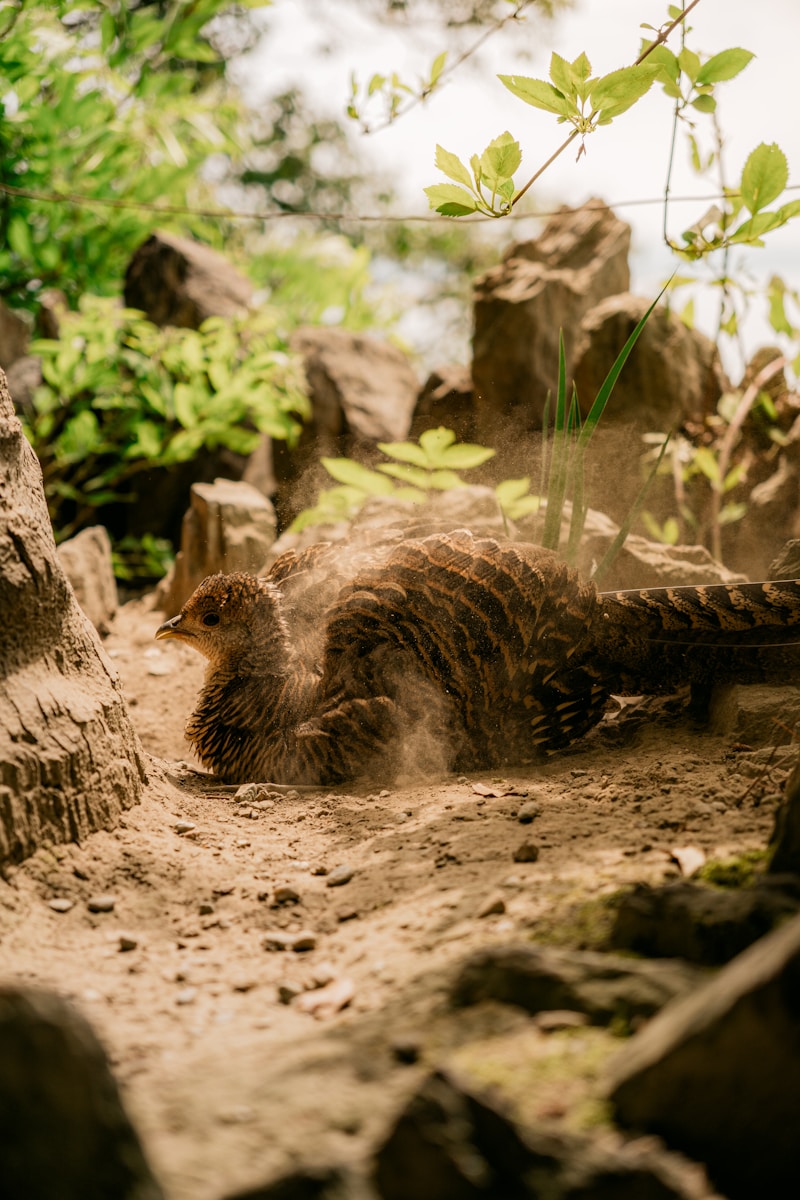
Birds utilize an often-overlooked cooling method called “dusting” or “dust bathing,” which becomes increasingly important during heatwaves yet is frequently missing from backyard bird habitats. This behavior involves birds creating shallow depressions in dry, fine soil or sand, then vigorously flapping and rubbing their feathers in these areas. The dust helps remove excess oil and parasites from feathers, but crucially during hot weather, it also reaches the skin surface and absorbs excess heat and moisture. Creating dedicated dusting areas using fine sand mixed with small amounts of wood ash or diatomaceous earth (food grade) provides birds with this essential cooling resource. These dusting sites should be located in areas receiving morning sun but afternoon shade to prevent the substrate from becoming too hot while remaining dry enough for effective use. Observations from ornithological field studies show that birds will often alternate between dust bathing and water bathing during extreme heat, with dust baths sometimes used more frequently than water by ground-dwelling species like sparrows and towhees.
Calcium Supplementation Becomes Critical During Heatwaves
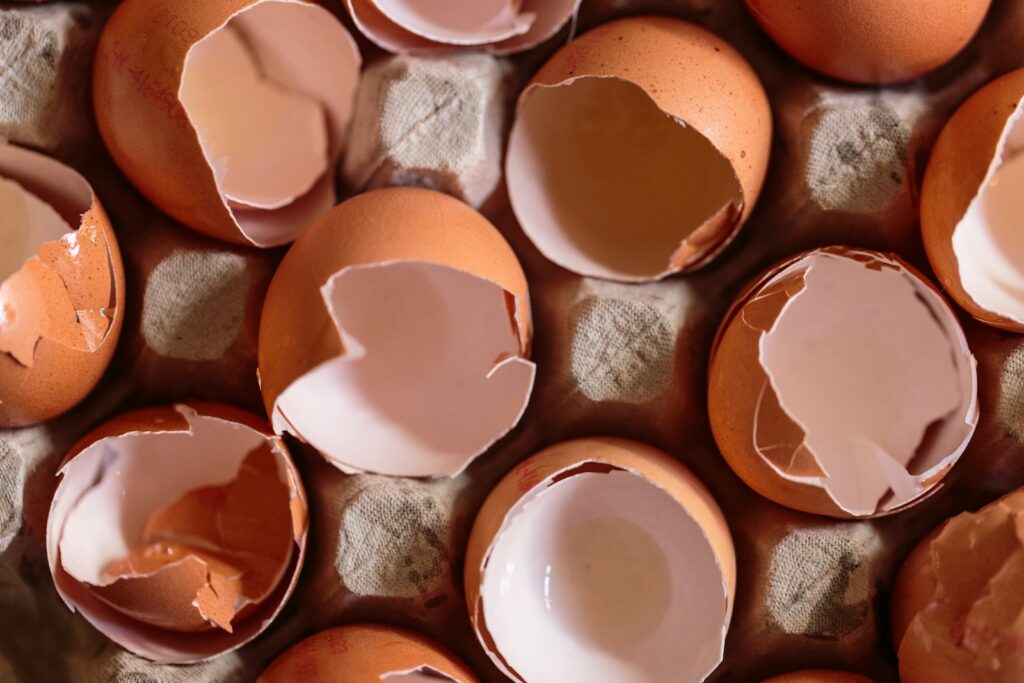
During periods of extreme heat, birds face increased metabolic demands that can rapidly deplete calcium reserves, a nutrient challenge that remains largely unrecognized by casual bird enthusiasts. Calcium becomes particularly crucial during heatwaves as birds experience accelerated respiration rates (panting) to cool themselves, which alters blood pH and affects calcium regulation in their bodies. This physiological stress is especially dangerous for egg-laying females and growing juveniles, who already have high calcium requirements. Additionally, many calcium-rich insect food sources become less available during drought conditions that often accompany heatwaves. Providing crushed, clean eggshells (baked at 250°F for 20 minutes to kill pathogens), specialized avian calcium supplements, or cuttlebone fragments can help birds maintain critical calcium levels during heat stress periods. These supplements should be offered in shallow dishes separate from regular seed feeders, as research indicates birds will selectively seek calcium sources when physiologically necessary.
Migratory Birds Face Unique Heatwave Challenges
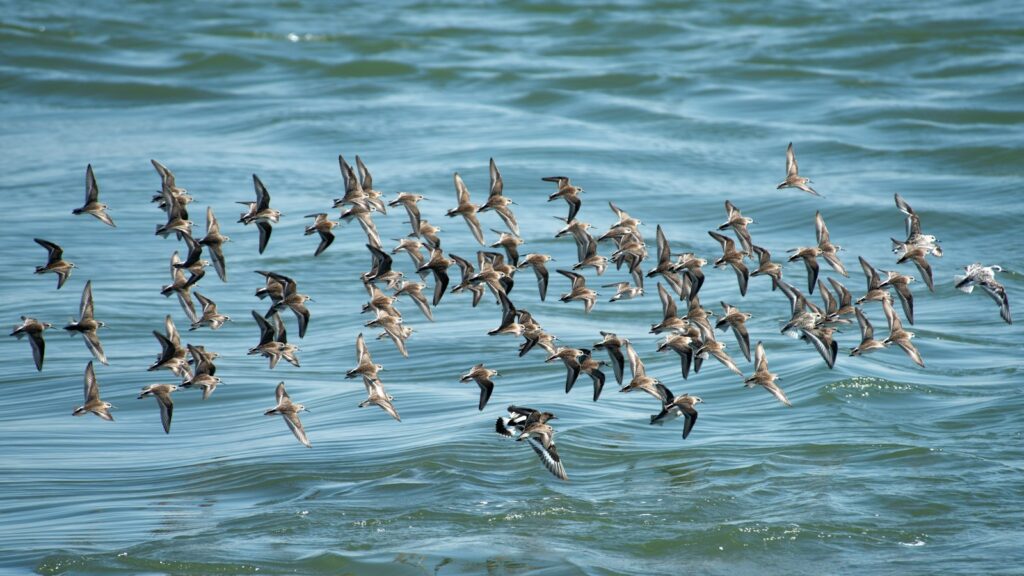
Migratory birds encounter exceptional difficulties during heatwaves that resident birds may not experience, creating a specialized need for human intervention. Unlike year-round resident species that have established knowledge of reliable water sources, migratory birds passing through unfamiliar territories during heat events may lack critical information about where to find water in landscapes already parched by high temperatures. This navigational uncertainty is compounded by the fact that many migratory species are already operating at energy deficits due to the tremendous metabolic demands of long-distance flight. Research tracking migratory bird movements during heat events has shown that these species will deviate significantly from normal migration paths to reach visible water sources, sometimes adding miles to their journey. For humans in migration corridor regions, providing water features with greater visibility—such as those in open areas or with moving water elements that catch light—can literally become lifesaving waystations for these travelers, particularly during spring and fall migration periods that increasingly overlap with unseasonable heat events due to climate change.
Heatwaves Affect Different Bird Species Unevenly
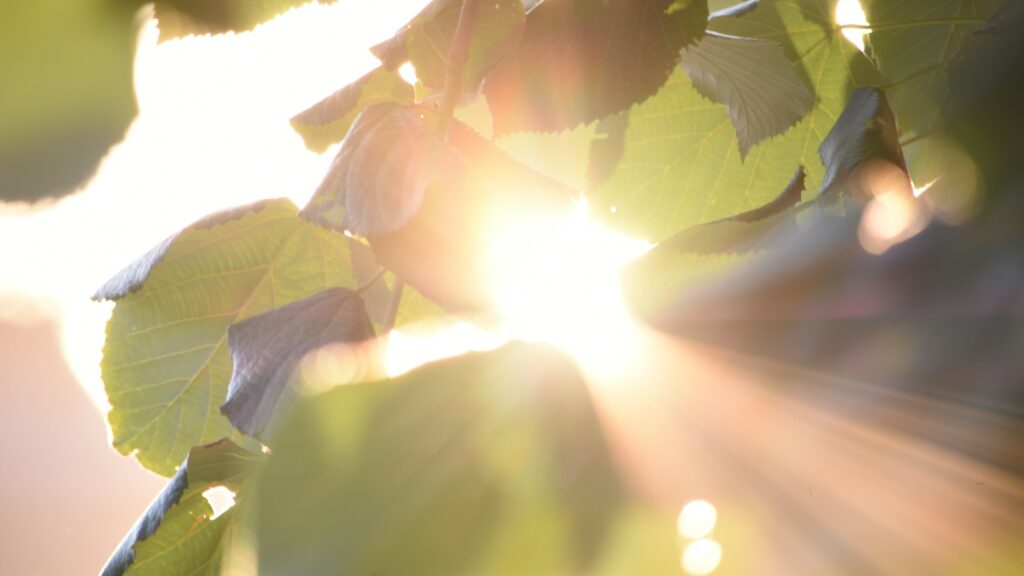
The impacts of extreme heat are not distributed equally across bird species, with certain groups facing disproportionate risks that inform how we should target our assistance efforts. Large-bodied birds with darker plumage, such as crows, grackles, and many raptor species, absorb more solar radiation and heat up faster than smaller, lighter-colored birds, making them particularly vulnerable despite their otherwise robust nature. Counter-intuitively, some desert-adapted species like Gambel’s quail or roadrunners may actually struggle during urban heatwaves as the concrete and asphalt create heat islands exceeding even natural desert temperatures to which they’ve evolved. Cavity-nesting species face unique challenges when their chosen nesting sites in trees or bird houses can reach lethal internal temperatures exceeding 120°F (49°C) during extended heat events, essentially creating deadly incubators for eggs and nestlings. Understanding these species-specific vulnerabilities allows for targeted interventions, such as providing overhead shade for bird baths used by larger species, installing heat-reflective materials on bird houses, or creating specific water sources accessible to ground-dwelling birds that may not use elevated bird baths.
Human-Made Structures Create Unexpected Hazards
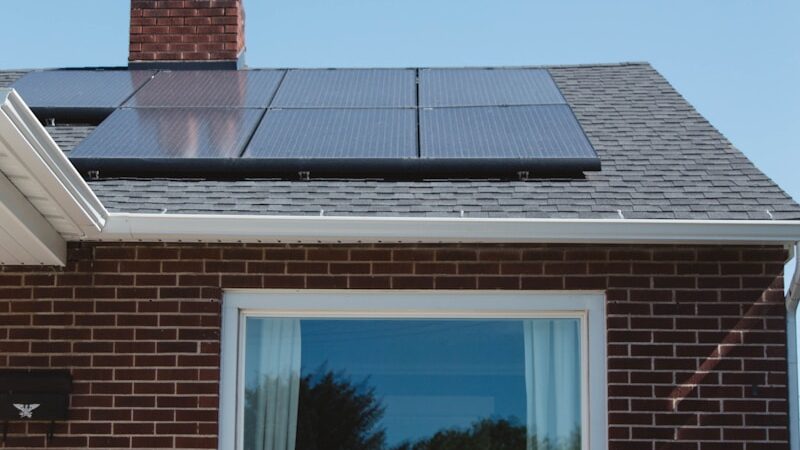
During heatwaves, common human-made structures can transform into unexpected death traps for birds in ways many homeowners and bird enthusiasts fail to recognize. Reflective surfaces like windows, car mirrors, and solar panels can concentrate heat in specific areas, creating localized “hot spots” that can reach temperatures capable of causing burns or heat prostration to birds that land on or near them. Metal components of feeders, bird houses, and garden features can become dangerously hot, with dark-colored metal surfaces sometimes reaching temperatures above 150°F (65°C)—hot enough to cause immediate tissue damage to delicate bird feet. Garden netting, commonly used to protect fruits and vegetables, becomes an elevated risk during heatwaves as heat-stressed birds with compromised coordination and judgment are more likely to become entangled and unable to escape. Addressing these hazards involves simple modifications like applying shade cloth over reflective surfaces during peak heat, choosing light-colored or natural material feeders, or temporarily removing garden netting during extreme temperature events.
Conclusion
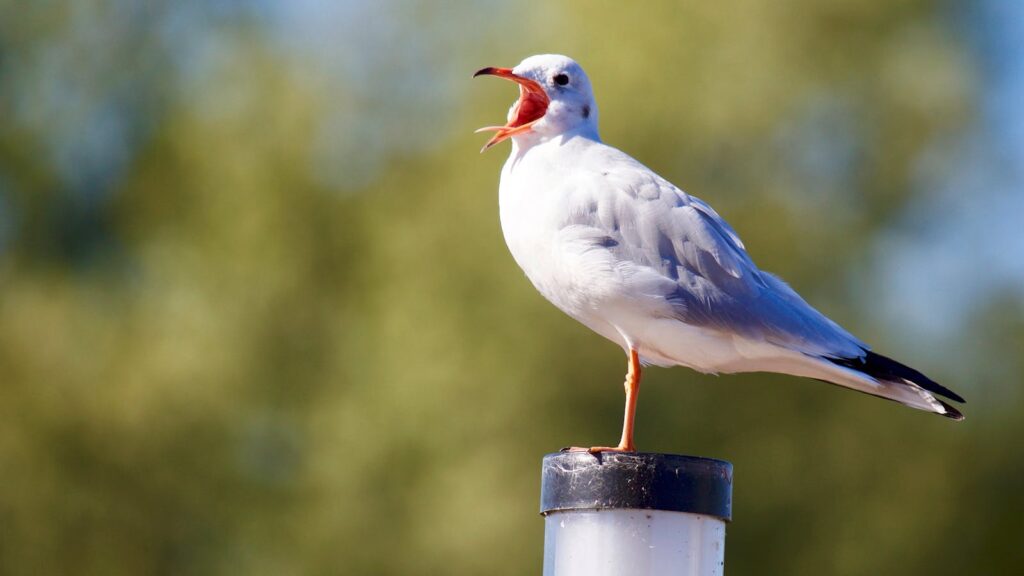
The challenges birds face during increasingly frequent and severe heatwaves demand our informed intervention. By understanding the nuanced needs of different species and the sometimes counterintuitive aspects of avian heat management, we can transform our backyards and communities into life-saving refuges during extreme weather events. As climate change continues to alter weather patterns worldwide, these specialized care practices become not just acts of kindness but necessary conservation efforts that may help determine which bird populations successfully adapt to our warming world. In providing thoughtful assistance to our feathered neighbors during their most vulnerable times, we not only support biodiversity but also deepen our connection to the natural world that surrounds us, even in the most urban environments.
